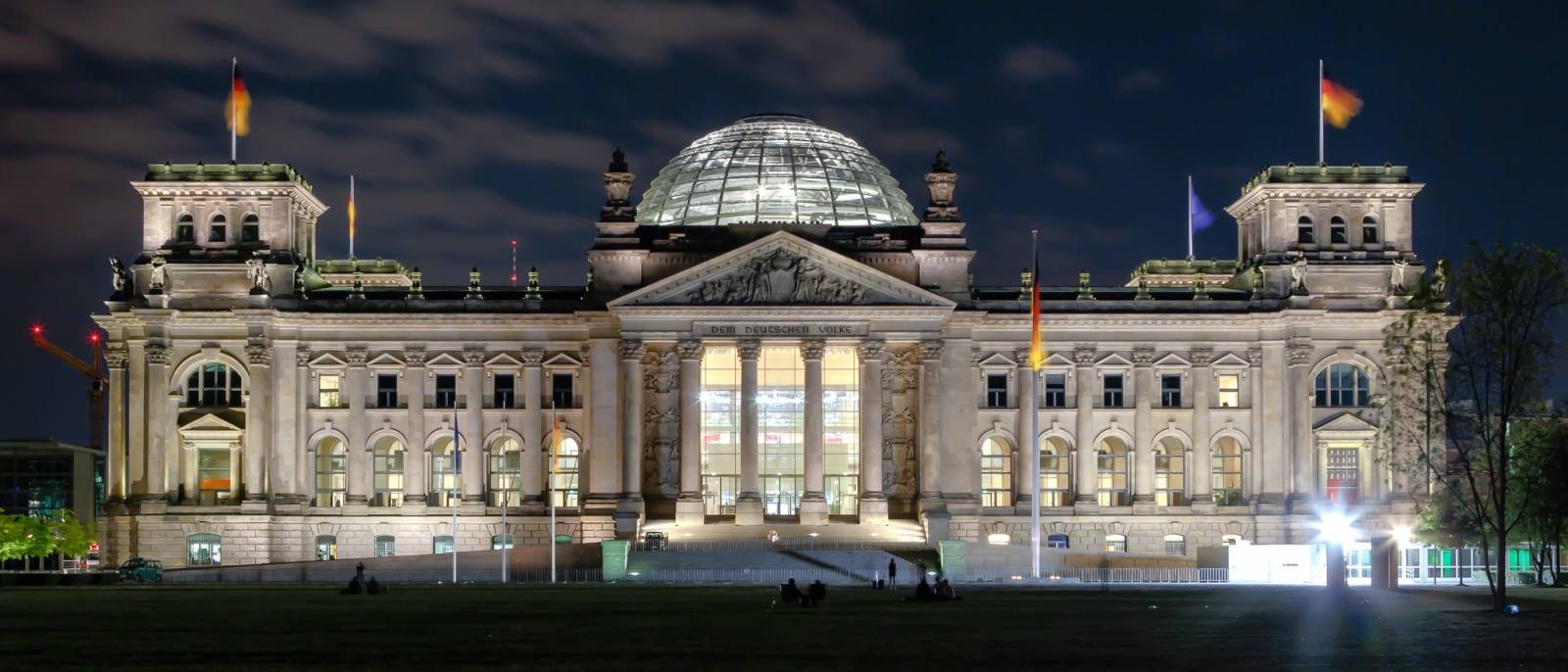Norman Foster and the Dramatic Renovations of Reichstag
In 1999, the old German Parliament building, the Reichstag, underwent its most dramatic and gorgeous renovation since its original construction.
The legendary Reichstag, which houses the German Parliament building, has been overcoming obstacles for nearly a century. The architect Paul Wallot (1814-1912) finished the building, after 23 years of construction, in 1894. In 1933 a fire destroyed the cupola and much of the building. Then, during the Second World War, bombing nearly left the Reichstag in ruins. And Although the building was repaired in 1960, renovators did not use Wallot’s original design of the dome.
Recently, the English architect Norman Foster (Manchester, 1935) was hired to put new spirit into the old Reichstag. The renovation gained international interest when his firm, Foster & Partners, started making both aesthetic and technological innovations to the dome. The elliptical ramps spiraling up the inside of the structure are meant to symbolically raise citizens up above their government.
This is just another of Foster’s inspiring touches. And while working on the project he considered four key points: 1, the recognition that the German Parliament as one of the most important centers of democracy in the world; 2, the desire to make the workings of the government more accessible to German citizens; 3, the understanding of history as a force that changes buildings as well as nations; and 4, the necessity of making an energy efficient building, which is, according to Foster, “fundamental to our future.”
The Reichstag has become an inspiration for architects around the world. The new technology in the dome works as a local power plant, capturing both solar and wind energy, and even makes use of energy converted from vegetable oil. In the end, it saves so much energy that it helps to power the neighboring buildings. The central cone in the beautiful cupola maintains a pleasant air temperature as well as consistent light throughout the year. Even at night, this cupola elegantly illuminates the Berlin skyline.
Related Articles
Why shrinking the size of life is synonymous of well-being
One of the great misunderstandings regarding modern spirituality is that to achieve it requires many things: readings, food, exercise, travel, groups and techniques. But perhaps it should be suggested
What is energy medicine yoga?
Energy Medicine Yoga (EMYoga) is slightly different from other types of Yoga, but it provides the same benefits in addition to a few very specific ones. One of them is that it gives you much more in
Red tea, the best antioxidant beverage on earth
Red tea is considered to be the most unusual of teas because it implies a consistently different preparation process. ––It is believed that its finding came upon surprisingly when traditional green
Is the internet on the verge of self-awareness?
More than 50 years ago, Marshall McLuhan described technology as an extension of our brains, constantly mutating and branching out. “These new media have made our world into a single unit,” the
How art can help us to age, healthy
Perhaps many of us already well know the formula for aging in health and wellness. A balanced diet and, as much as possible, one that’s natural. Keep our brains active and stimulated. Preserve and
Earthanima: documenting the living language of nature
The basic intuition that the Earth is alive and that nature has a language through which it communicates with us is what prompted this wood-art project named Earthanima. For the past couple of years
Dialogue with the Dalai Lama on science and spirituality
The Dalai Lama has been interested in science since he was a child. Over the years he’s visited many laboratories and has attended conferences that discuss consciousness from the scientific point of
Brian Eno's literary recommendations to rebuild society
Artists and authors often get asked what books or records they’d take with them to a deserted island. On principle, this is naturally an extreme anthology: urgency and tragedy guide its selection. It
Bill Mollison, natural ideologue and father of permaculture
Permaculture has established itself as a path towards communitarianism, but one that is in full symbiosis with nature. In practice, it is more than just a combination of agriculture, horticulture
A New Year's resolution for the earth
Worrisome quantities of waste are generated by human populations. Especially in cities, these have reached unprecedented and alarming levels. A largely uncontrolled practice, it affects everything on












